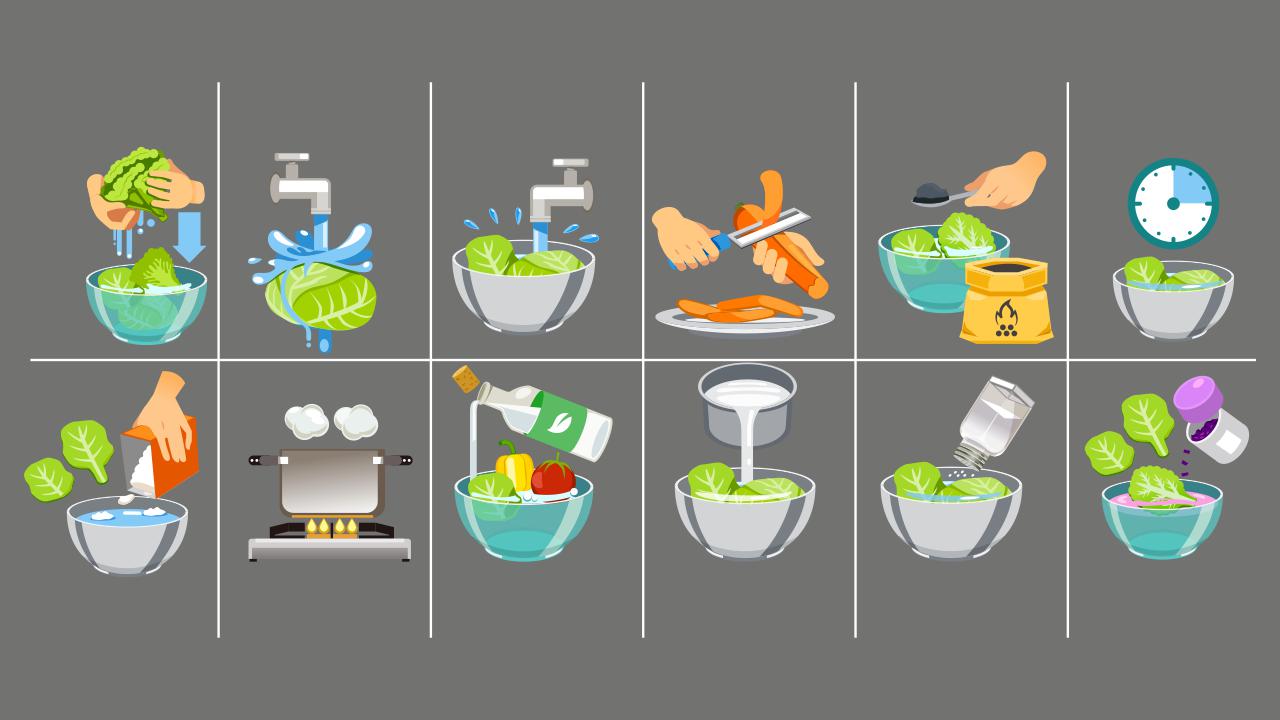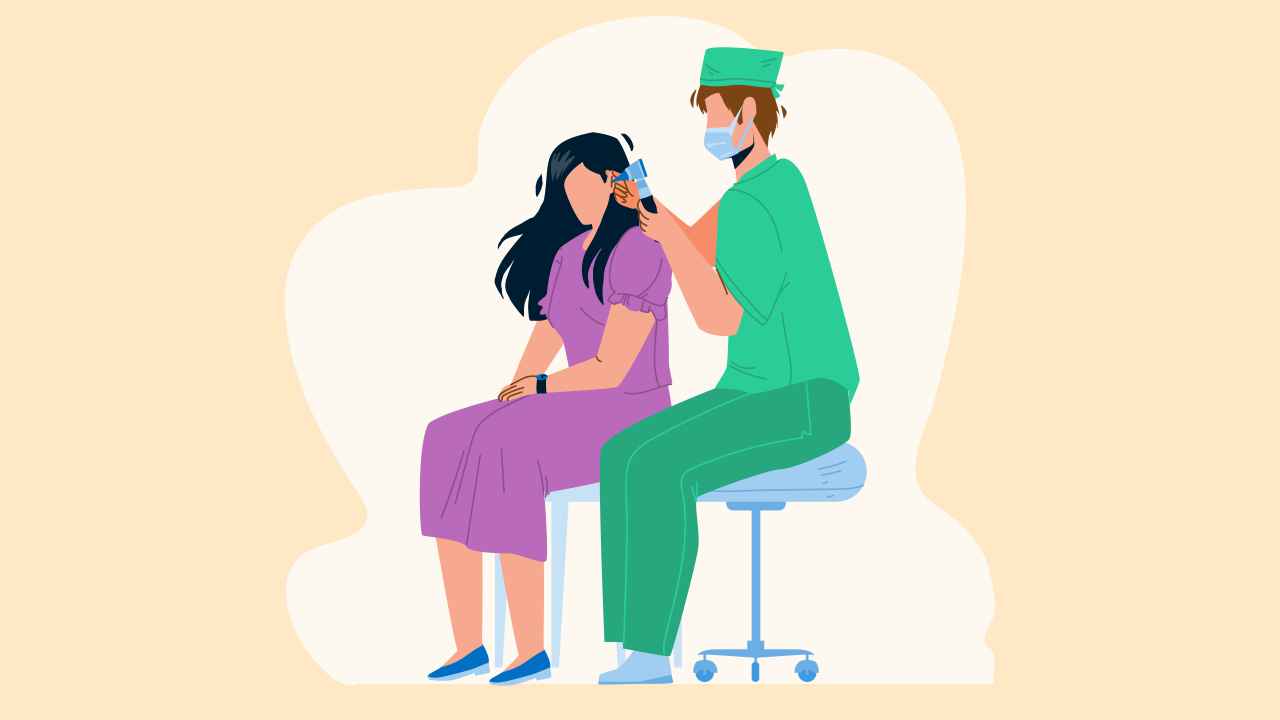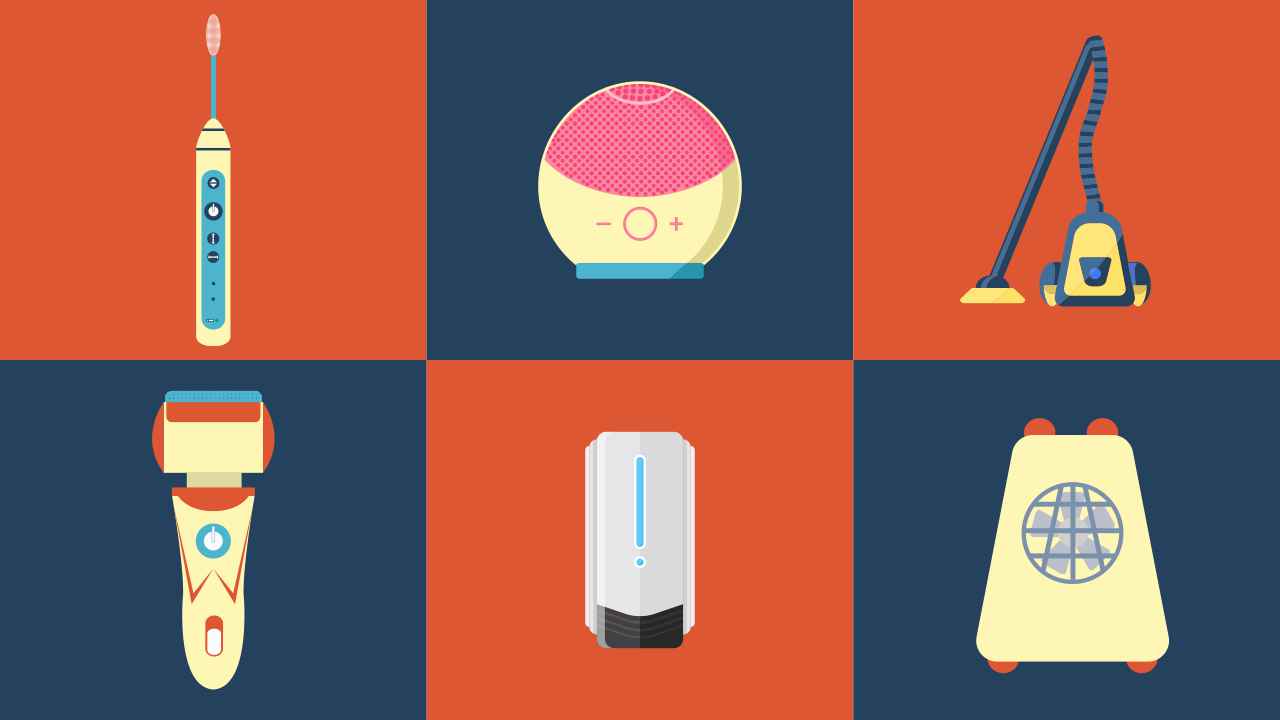
Food Hygiene: Ensuring the Safety of What You Eat

How and what we eat plays a salient role in our overall health. Zillions of germs from our hands, unclean vessels, or even contaminated food can enter our body through edibles, making us vulnerable to a plethora of illnesses. Food safety and hygiene is therefore of paramount importance.
The four C’s of food hygiene
1. Cleaning
Cleaning your hands as well as all the equipment you use in your kitchen to cook is very important. The latter include the countertop, utensils, knives, cutting boards, kitchen sink, and any other equipment or surfaces used for food preparation. These should be cleaned and washed before and after cooking. Here’s what you can do to make your food safe:
Wash your hands
1. Always wash your hands with soap and warm water before cooking and eating food
2. Wash your hands before and after handling raw meat, uncooked eggs, unwashed fruits, and vegetables
3. Wash your hands after using the trash can or bin
Also read: Washing Hands: When and How to Do It Right
Wear protective gear
1. If you are using the oven or the barbecue, wear cooking gloves
2. It is a safe practice to wear cotton clothes for kitchen work and an apron to keep your clothes clean
3. Wear a disposable cap to keep away hair and sweat
4. Do not smoke while cooking
Clean the cooking area
1. Clean the kitchen countertop, cooking appliance, utensils, chopping board, knives, spatula, etc with warm water and soap before and after food preparation to prevent bacteria from spreading
2. Use different utensils and cutting boards for raw and cooked foods
Clean your dish cloth
1. Damp dishcloth is a perfect place for bacteria to grow, so make sure you wash it in soap and hot water and dry it under the sun before reusing it
2. Disposable eco-friendly dishcloths are also available, which can be reused a few times before disposal. But remember to keep them clean
2. Cooking
Cooking practices also play a role in food hygiene. Food should be cooked at recommended temperatures and for an adequate time to ensure the destruction of harmful bacteria. Meat, fish, and eggs require thorough cooking. You may even use a cooking thermometer to check the temperature for certain food items, which require fastidious conditions for optimal cooking.
Cooking meat
1. Meats such as chicken, duck, pork, lamb, and beef must be cooked until the core temperature reaches 75℃. This will kill most of the bacteria which may, otherwise, potentially lead to gut infections
2. Make sure the juices from the meat are clear, not pink after it is cooked
3. Store shellfish or any other raw fish at 4℃ or below to prevent the growth of bacteria. But freezing may not kill all bacteria, so cook well before consumption. However, if you like to consume sushi or raw fish, then your best bet is to procure it from safe, hygienic, and registered sources only
4. If you cook fish, make sure the core temperature is 62℃ and its color should turn opaque during the process
Reheating food
1. Food should be reheated thoroughly (not just warmed) using an appropriate vessel
2. Food should be heated up to a temperature of 75℃ for a minimum of two minutes. Heating at lower temperatures will require more time
3. Leftover food, which has been refrigerated, must be consumed within two days
4. If cooked food is frozen, then it must be defrosted within 24 hours
5. You must reheat food only once to avoid bacterial contamination
6. Serve reheated food immediately or within a maximum of two hours to avoid regrowth of bacteria
3. Chilling
1. Food should be stored at clean locations and containers, with proper labeling
2. The temperature at which food should be stored is between 0℃-5℃
4. Contamination
1. Food can be contaminated by microorganisms like bacteria, viruses, and parasites. For instance, undercooking food, or keeping raw and cooked food next to each other in open utensils or containers can increase the risk of contamination
2. Chemical contamination happens if pesticide residues are found in, say, fruits and vegetables. Sometimes, cleaning sprays or disinfectants used in the kitchen may also contaminate the food
3. Allergenic contamination of food happens when a food causing allergic reaction comes into contact with other foods
4. Physical contamination happens when, say, hair, plastic, jewelry, etc falls in the food. You can avoid contamination by doing the following:
- Never mix raw and cooked food. Always use different storage containers, cutting boards, knives for raw and cooked food
- Wash your hands thoroughly if you touch raw food
- Store raw meat at the bottom of the fridge to avoid contact with other food. This will also prevent meat juices from dripping on other items. However, if you have to store for longer periods, it is recommended that meat be stored in the freezer compartment
- Take extreme caution when washing and cleaning raw meat under running water as the water that splashes may spread bacteria to hands, and the surrounding area
- Wash fruits and vegetables before eating to remove any bacteria, dirt, or chemicals present in it
- Avoid splashing water after washing your vegetables and fruits. Instead, directly drain it in the sink to reduce the spread of bacteria.
Practice sound food hygiene to make sure that what you eat is absolutely safe. It will help you stay healthy and away from avoidable infections and illnesses.














